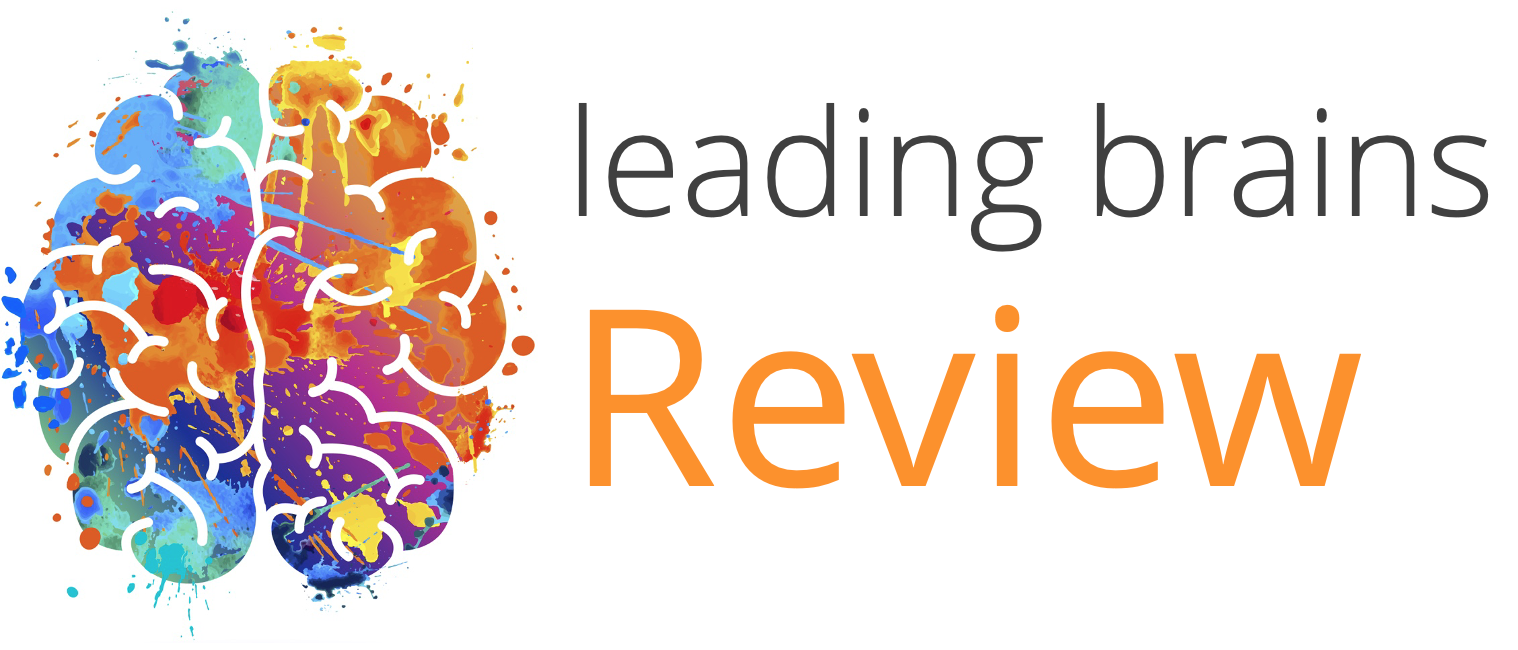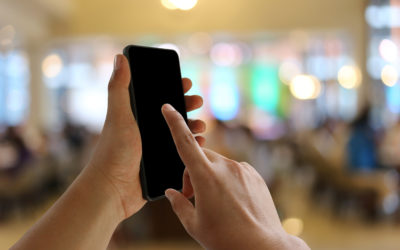Quick Hits
Daily brief research updates from the cognitive sciences

Imagine if you are working and your stress levels are increasing, and then automatically soothing music is turned on to calm you down. Or alternatively if you are heading towards that after lunch dip of drowsiness and upbeat energetic music is turned on to energise you.
This sounds like a sort of mind-reading device of the future, but this is a possibility according to Rose Faghih of NYU Tandon School of Engineering – and without having any invasive electrodes or implants in your brain but through a simple skin patch!
How so you may ask?
Well skin conductance is a well-known way to measure things like stress responses. Your skin reacts very quickly at microscopic levels to things like stress and mental disturbances. We’ve known that for a long time and skin conductance measure are often used in research – it is cheap, non-invasive, and a good measure of many things.
The really tricky thing through is being able to accurately predict these brain or mind states and match these to the biological data and additionally to be able to do this in real time. For this Faghih and her team have developed much more accurate ways of modelling skin responses by mapping this to 3D modelling of sweat glands and amongst other things, how they respond, how sweat distributes, is evaporated, or reabsorbed.
This has then been used to develop accurate algorithms (which though complex require little computing power) to instantaneously predict mental states in real time. This is amazing – it uses very detailed models of how the skin responds to various scenarios and has modelled this to be able to report instantaneously on mind states. Wow!
The uses of this are multifold – the above example of work will probably not be a prime focus (or maybe only in high-risk roles such as pilots). This could include identifying peripheral neuropathy in diabetes patients, post-traumatic stress disorders, on top of multiple uses in mental health monitoring.
This sounds promising, some of you may think that this could be abused by employers. It could be, but I imagine the most obvious uses will be key health issues – in the short term – and that is a good thing.

Andy Habermacher
Andy is author of leading brains Review, Neuroleadership, and multiple other books. He has been intensively involved in writing and research into neuroleadership and is considered one of Europe’s leading experts. He is also a well-known public speaker, speaking on the brain and human behaviour.
Andy is also a masters athlete (middle distance running) and competes regularly at international competitions (and holds a few national records in his age category).
Reference
Rafiul Amin, Rose T. Faghih.
Physiological characterization of electrodermal activity enables scalable near real-time autonomic nervous system activation inference.
PLOS Computational Biology, 2022; 18 (7): e1010275
DOI: 10.1371/journal.pcbi.1010275
More Quick Hits
Behaviour at eight helps predict midlife health behaviours
A long-term study in Finland has tracked children from the age of eight until the age of 50 and a new analysis of the data, just published, has looked at some of the correlations between socioemotional behaviour in childhood and later life achievement and health...
Psychedelics and consciousness
Psychedelics change our conscious experience of the world – that is part of their attraction. Now a new study out of John Hopkins Medicine has analysed data on attributions of consciousness to other animals and innate objects by those using psychedelics and how this...
Lower smartphone usage increases wellbeing
So much has been said about smartphone usage in modern times. This ranges from some who say that they are destroying our brain to others who see they benefit our cognition by outsourcing cognitive heavy tasks like remembering lists of phone numbers – thereby freeing...
Modesty preferred for cooperative teams
In an age where it appears that many people are vying for self-esteem especially through social media, this research is interesting. Particularly in business contexts where cooperation is king. Research has previously shown that appearing to be wealthy increases...
Poverty shrinks babies’ brains
Quick HitsDaily brief research updates from the cognitive sciences couple of studies have just been released which look at the brains of newborns and young babies. The results are worrying for any society. Brain scans of newborn babies from...
Babies born with five from seven functional brain networks
In the 1950s the blank slate theory was the most prominent theory ascribed to babies. They are born blank slates and then their experiences allow them to develop their networks thoughts, associations, etc., and just about everything else. Though this theory is long...






